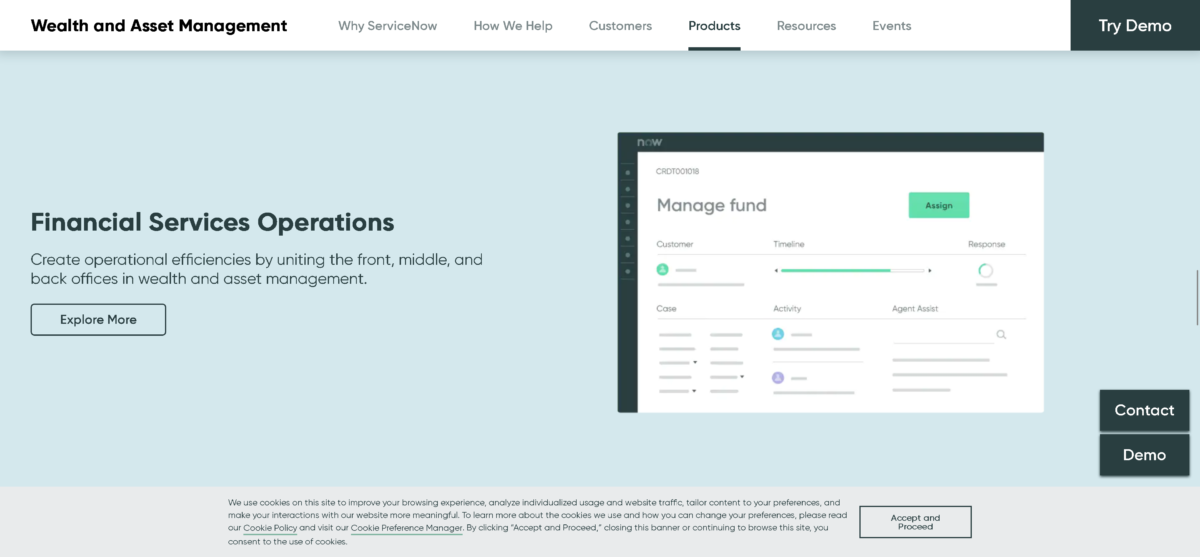At its most basic level, travelling along the IT transformation journey from conventional data centers to the dynamic, intelligent environments of cloud computing is an adventure in self discovery that has a way of changing you as much as your technology.
You may start out thinking you know who you are and where you are going, but as you dig deeper into cloud computing, your goals will inevitably change as your awareness of who you are expands.
The good news is that it is possible to start the journey toward cloud computing one step at a time from wherever you are, and even realize some efficiencies and performance rewards in the early stages. No leap of faith required. Implementing cloud computing is a pragmatic decision that needs to be executed with a painstaking attention to detail and a deep and broad understanding of your organization.
It can be a challenging process, but the payback is worth it: If you can define it in enough detail, you can have it. The first step is knowing where you are today.
A comprehensive assessment of your IT environment begins by identifying what’s in it. There are off-the-shelf tools available to collect data on everything in your environment. For example, there are tools that inventory every device in your physical environment, others that examine your virtual environment and others that look at your application layer. No one tool is going to be enough. You need to determine more than just how many devices you have, you also need to understand where your systems are under or over-utilized as well as the dependencies of the various workloads.
A detailed assessment will identify what resources are being used effectively as well as where there are inefficiencies associated with server sprawl. A large enterprise I visited recently had multiple, highly-virtualized server farms. An examination of how these resources were being used, however, revealed that one was only operating at 20 percent capacity and another one the same size was only 30 percent utilized. It’s great that their server farms are highly-virtualized, but inefficient server farms — virtualized or not — still waste time and money. And moving an inefficient virtualized environment to the cloud does not make it intrinsically any more efficient.
“If someone screams…”
During your initial cloud assessment you also need to look at the condition of the data center facilities where your virtual infrastructures live: Are they energy efficient, are they overheating, are they overcrowded?
I met with an IT director recently whose data center was jammed full of devices, only half of which were turned on. When I asked him how he knew what systems he actually needed, he said, “I turn it off, and, if someone screams, I know I need it, and I turn it back on.” A detailed assessment of your IT environment in preparation for a move to the cloud can provide the data you need to progress from a reactive to a proactive, approach to IT management. Instead of having to guess if an asset is needed or not, you will know.
The status of disaster recovery and business continuity is another area of uncertainty in many IT environments. Most IT departments have a DR plan, but too many haven’t updated it on a regular basis. They dutifully send their tapes off to some storage facility and think they are protected. A review of the availability requirements for mission critical data can be a startling eye opener. Having to send off a team of technicians to the tape storage provider to download their raw data and return with a trunk full of tapes that still need to be uploaded, may not, in fact, be possible within an acceptable recovery window.
While you are reviewing your DR plan, you should also re-evaluate available DR services. Advances like DRaaS with high availability replication can recover your data and have you up and running in hours instead of days…or longer. Thinking about DR, as a result, has become a whole lot easier for those IT directors who are willing to evaluate their risk of downtime and consider new ways of protecting their data.
Just assessing your technology environment is not enough. A comprehensive assessment should look at your organization from three distinct points of view: your technology team, the business leaders IT serves and the finance executives who have to agree to pay for it all. The true potential of cloud technology can only be realized by tightly aligning technology with business objectives.
A healthy relationship between IT and business leaders is a good sign that an organization has the level of cooperation and maturity it will need to successfully leverage cloud computing. I could tell one organization was ready to move forward with a cloud strategy by the way the CIO answered a single question: When I asked what challenges IT had with business leaders, he said, “None. The first thing I did when I got here was set up a taskforce with IT and business stakeholders that focuses on how we align business with IT throughout the organization.”
This CIO knew the flexibility and efficiencies that cloud computing could mean for his IT environment. As important, the business leaders could see how cloud computing would respond more quickly and effectively to their needs, and the CFO understood the value of being able to pay for technology as needed from the operating budget, as opposed to paying in advance from the capital budget for future capacity that they may or may not end up needing. Cloud computing can only succeed if it has buy-in from the top down, and the top needs to understand what they are buying into.
Most cloud providers and purveyors of cloud technology like to act as if they have all the answers. In fact, you are the only one who really does. The goal isn’t to be able to see cloud computing from their perspective, but to use the viewpoint of cloud computing to see yourself and your business needs more clearly and in more detail. Knowing who you are today will provide you with everything you need to critically evaluate what cloud providers have to offer. You need to be able to do more than just access a cloud environment. Lots of providers can give you access to raw cloud environments. The real value comes from accessing a cloud environment that is designed to be a secure, flexible, highly available extension of your overall, unique IT environment. Don’t settle for anything less.
Dazzling promises, emerging standards and other baffling changes constantly swirl around cloud computing technology. Don’t be distracted. The most important consideration — in fact, the only consideration you need to worry about — is what cloud technology means to you.
My next blog will look at how you take the information you have collected in your assessments and design a cloud strategy that fits your unique set of challenges and resources.
By Kevin Gruneisen, Logicalis Senior Director Cloud and Data Center Solutions





